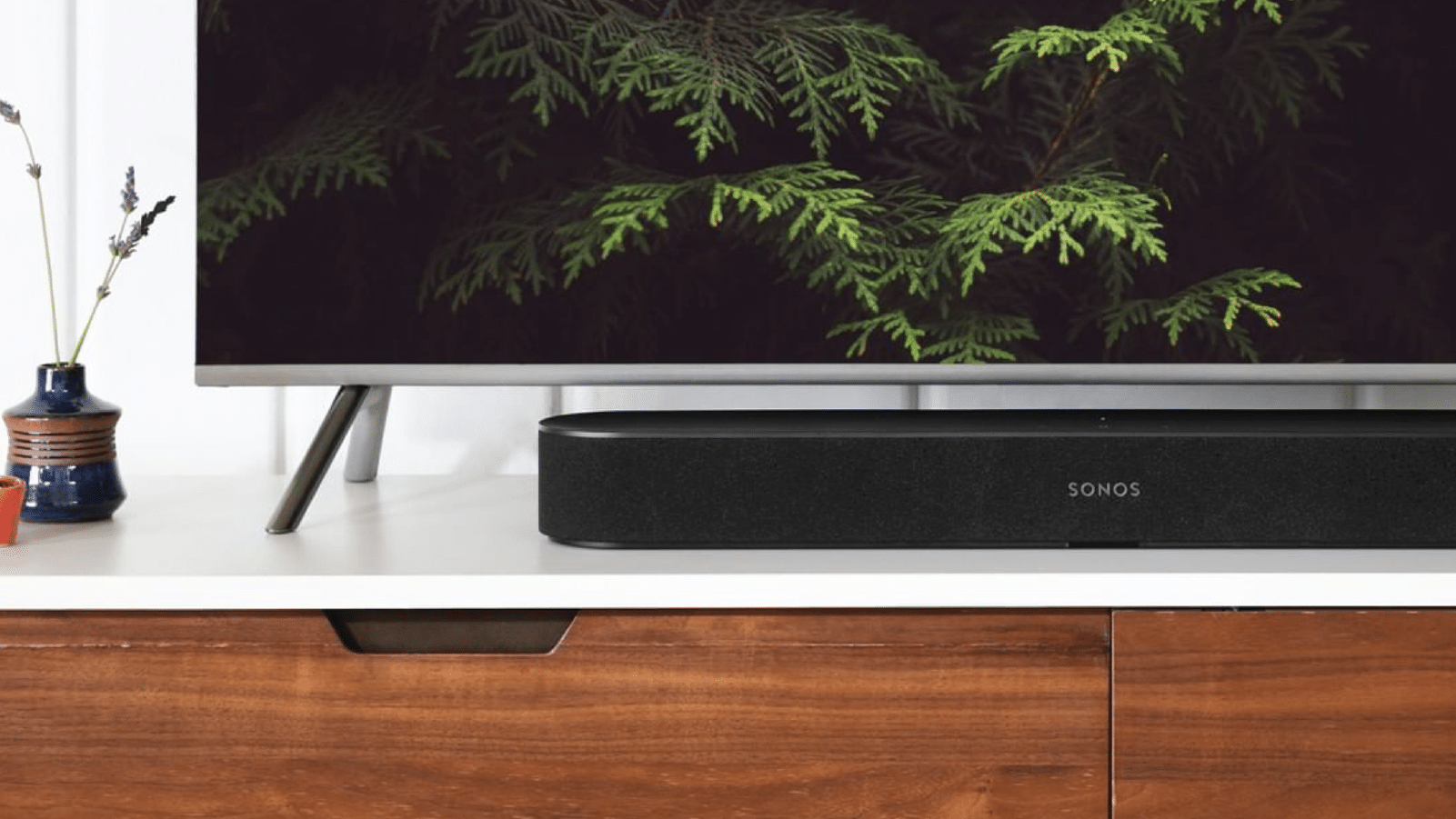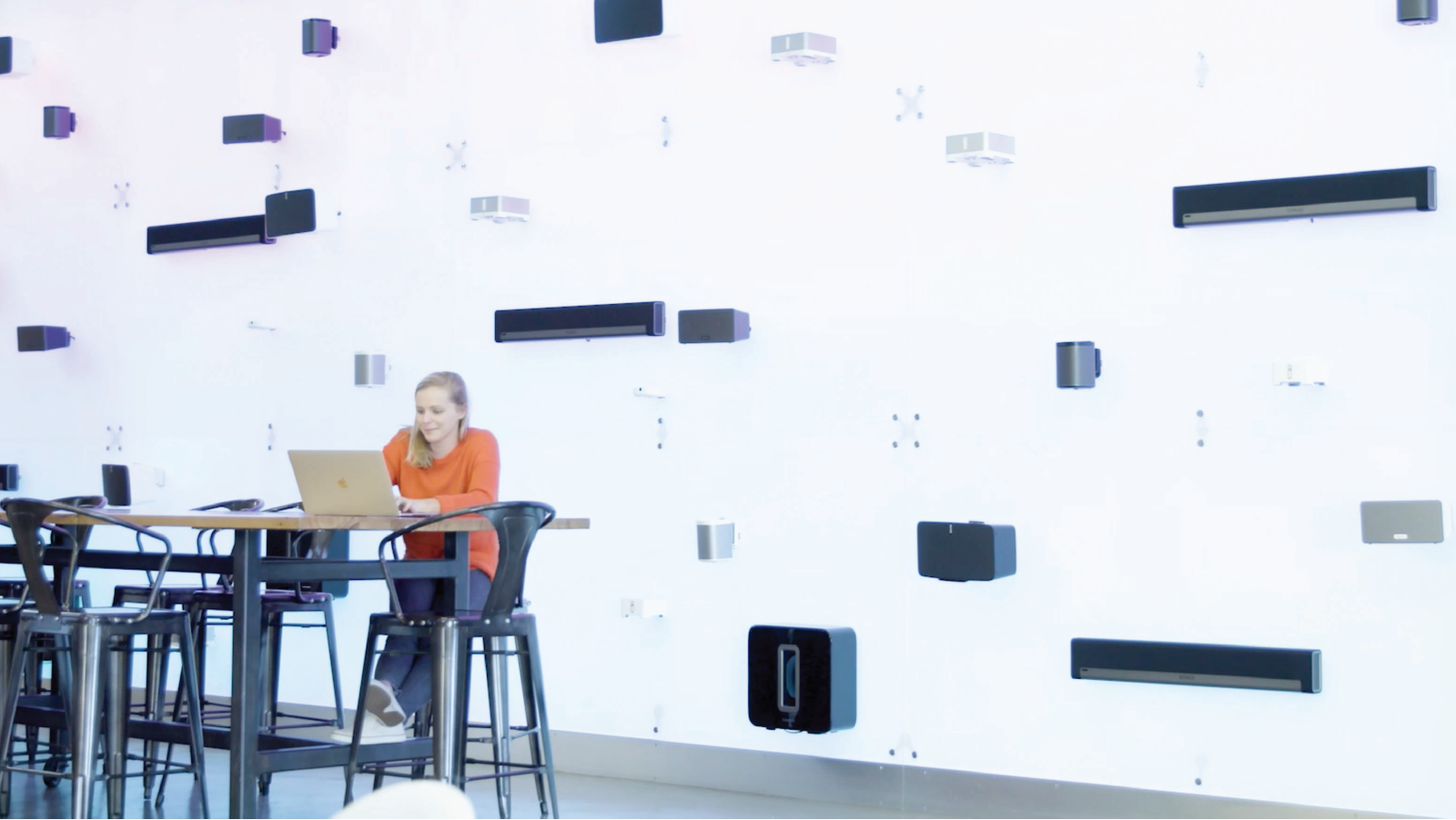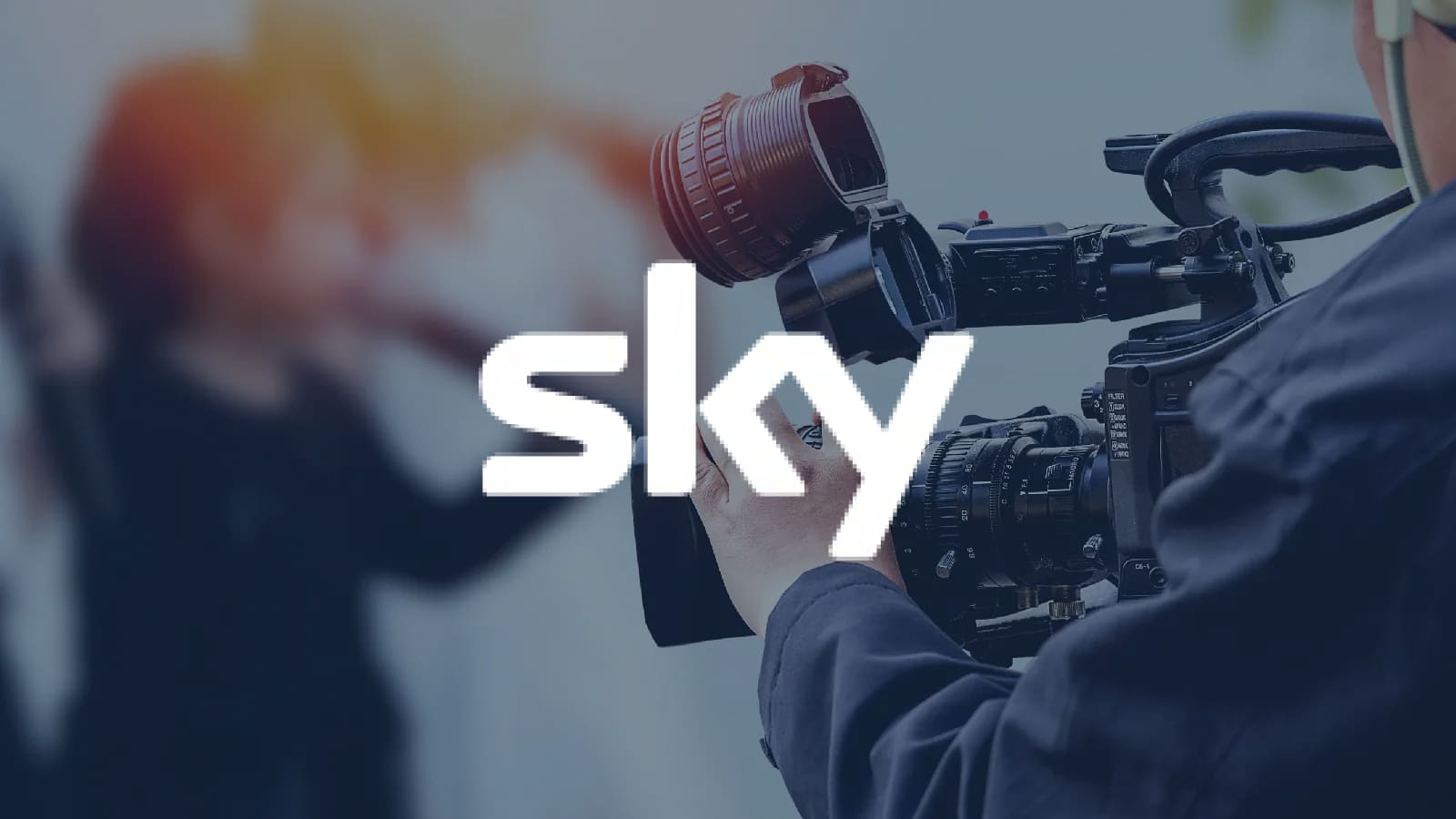Sonos a inventé l’audio domestique sans fil multipièce et commercialise ses produits dans plus de 50 pays. Avant Anaplan, Sonos gérait son écosystème complexe d’offre et de demande à l’aide de dizaines de feuilles de calcul. Avec une base d’approvisionnement composée de plus de 200 fournisseurs de composants individuels, l’équipe de planification de la chaîne d’approvisionnement de Sonos rencontrait des difficultés pour équilibrer l’offre et la demande mondiale. Le processus était lent et sujet aux erreurs, et les planificateurs consacraient la plus grande partie de leur temps à gérer et à connecter manuellement les points de données.
Sonos a fait appel à Anaplan et a créé une visibilité de bout en bout de la supply chain avec des plans qui couvrent les ressources, les dépenses et les gammes de produits. L’équipe Sonos a commencé sa mise en œuvre en équilibrant l’offre et la demande, puis a ajouté un module de planification de l’approvisionnement qui permet une vue détaillée des produits au niveau de l’usine. Plus récemment, elle a intégré la planification de la demande afin d’ajouter des prévisions à la combinaison.
Le meilleur retour sur investissement dont Sonos ait bénéficié avec Anaplan est mesuré en heures. Par exemple, une analyste qui consacrait auparavant 70 % de son temps à intégrer des feuilles de calcul consacre désormais moins de 10 % de son temps à cette tâche. L’équipe de planification globale gagne également du temps au cours de son cycle de planification. Par exemple, l’exécution d’une modification de la demande prenait auparavant deux semaines, et ne prend plus qu’une journée aujourd’hui.
Sonos a choisi Anaplan pour sa rapidité et sa flexibilité. Avec la plateforme cloud d’Anaplan, l’équipe a pour objectif de relier des parties supplémentaires de l’entreprise, d’améliorer la communication et d’influencer le changement de culture. Comme l’a déclaré Heather Williams, Directrice principale de la planification intégrée des activités : « Notre capacité à collaborer en interne s’est considérablement améliorée, ce qui réduit le niveau de stress et permet vraiment une meilleure cohésion d’équipe. »





